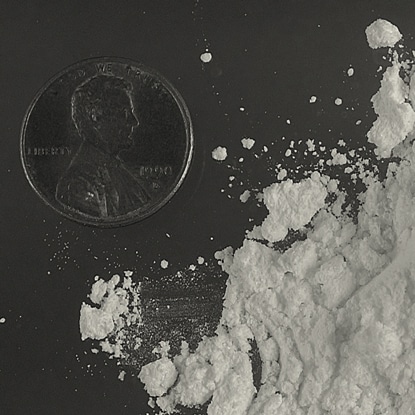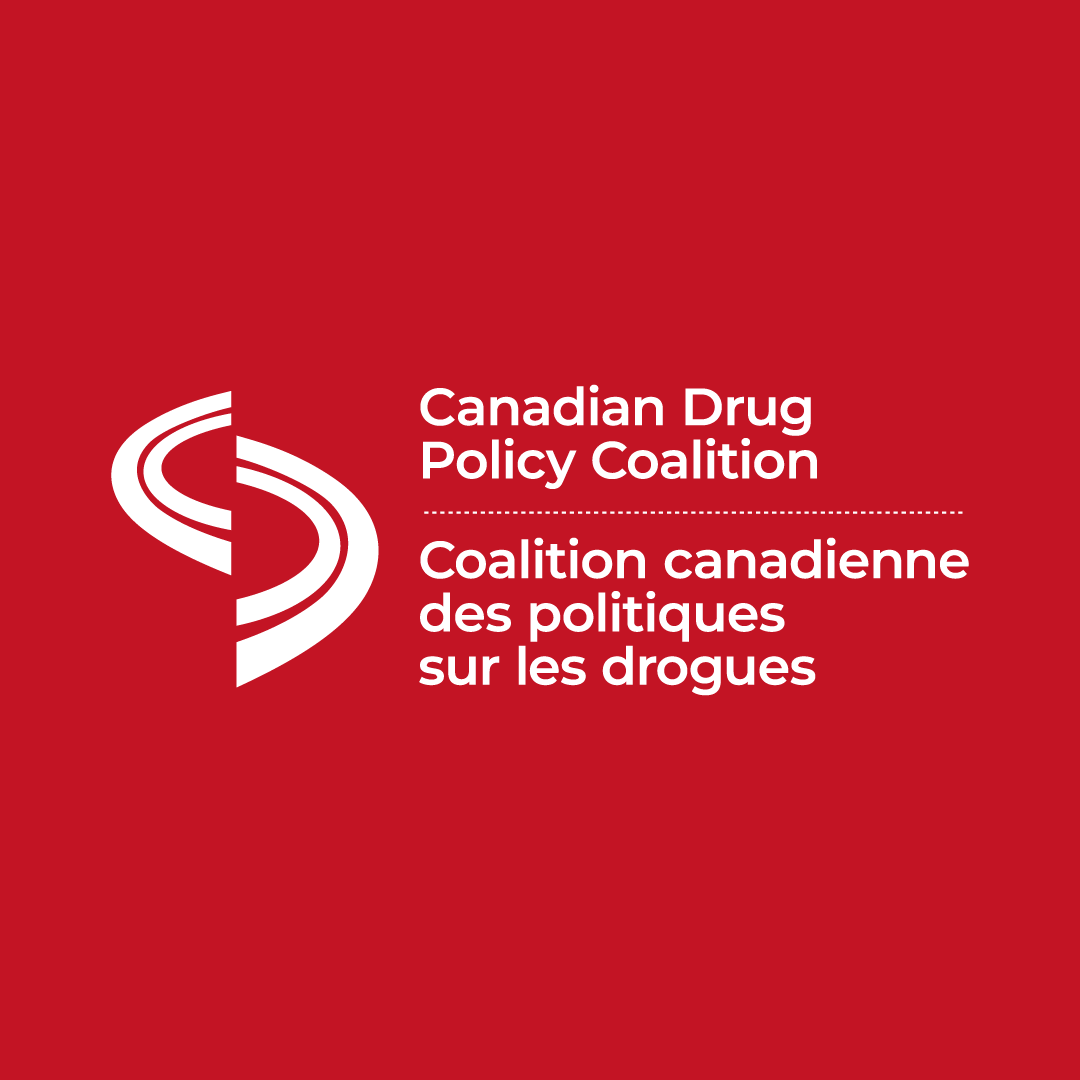The HIV epidemic is one of the most crucial public health issues of our time. What at one time seemed to be an insurmountable challenge has been abetted by education, research, innovation, and an immeasurable amount of hard work. The tools to curb the spread of HIV and improve the lives and health of those living with the disease are now more widely available, but the possibility of fostering an AIDS-free generation still faces a number of obstacles, most of which relate to unrealized human rights, access to medicine, harm reduction, and unjust laws.
One of most prolific groups working on solving the problems that are currently hindering the fight against HIV/AIDS is the Toronto-based Canadian HIV/AIDS Legal Network. Celebrating its 20th year of operations this December, the Canadian HIV/AIDS Legal Network is Canada’s leading advocacy organization dedicated to legal and human rights issues related to HIV/AIDS. The network’s mission is to promote the human rights of those living with and vulnerable to HIV/AIDS, in Canada and abroad, through research and analysis, advocacy and litigation, public education and community mobilization.
One such issue that the Legal Network is currently working on is the matter of syringe exchanges in Canadian prisons. Syringe exchange is critical to any comprehensive strategy to prevent the spread of infectious diseases, but the distribution of sterile injection equipment is not currently permitted within any Canadian prison — despite the overwhelming evidence of the benefits of prison-based needle and syringe programs (PNSPs) around the world
To challenge this policy, the Canadian HIV/AIDS Legal Network, along with Prisoners with HIV/AIDS Support Action Network (PASAN), CATIE, the Canadian Aboriginal AIDS Network (CAAN) and Steven Simons, a former federal prisoner, launched a lawsuit on September 25th against the Government of Canada over “its failure to protect the health of people in prison through its ongoing refusal to implement clean needle and syringe programs to prevent the spread of HIV and hepatitis C virus (HCV) in federal institutions.”
Rates of HIV and hepatitis C among Canadian prisoners are 10 to 30 times higher to that of the overall population. Although illicit drug use is strictly prohibited within correctional facilities, its prevalence is an undeniable fact.
While the question of giving prisoners access to clean injection equipment might at first glance seem counterintuitive, it’s actually quite straightforward given the evidence that PNSPs benefit prisoner health, and in turn, the public health at large.
For more information on the court case and PNSPs, visit the Canadian HIV/AIDS Legal Network’s website for the campaign – Prison Health Now.
In addition to matters directly related to drug policy such as PNSPs, the Canadian HIV/AIDS Legal Network deals with issues such as discrimination, Aboriginal communities, women’s rights, sex work, income security, and so forth (click here for a complete list).
Other current campaigns and activities include:
Positive Women: Exposing Injustice
A 45-minute documentary film that tells the personal stories of four HIV-positive women, “Positive Women Exposing Justice” explores the reality of the criminalization of HIV non-disclosure in Canada. For more information, visit the film’s website.
HIV Non-Disclosure and the Criminal Law
On October 25th, the Legal Network released several publications analyzing two recent Supreme Court rulings on cases of HIV non-disclosure. A summary of the decisions and a longer analysis are available here.
Making Good on Canada’s Pledge: Affordable Medicines for All
For many years, the Legal Network has spearheaded a global campaign to reform Canada’s Access to Medicine Regime (CAMR), which would allow Canada to ensure greater access to affordable, generic medicines for AIDS and other health issues in developing countries. Central to this campaign is Bill C-398, which if passed will fix and streamline CAMR, allowing medications to get to those most in need.
For more information on Bill C-398, visit the Canadian HIV/AIDS Legal Network Medicines for All website.
On December 4, 2012, at 7:00 p.m., philanthropists, funders, members, community organizations, people living with HIV/AIDS, and allies will gather at the Law Society of Upper Canada (Convocation Hall) in Toronto to celebrate the Canadian HIV/AIDS Legal Network and honour the recipients of the 2012 Awards for Action on HIV/AIDS and Human Rights. Click here for more information on the event.
The Canadian HIV/AIDS Legal Network is a Canadian Drug Policy Coalition partner in change, working towards a better drug policy for Canada based on evidence, human rights, social inclusion and public health.




 by Craig Jones Former Executive Director, The John Howard Society of Canada.
by Craig Jones Former Executive Director, The John Howard Society of Canada.


 by Craig Jones Former Executive Director, The John Howard Society of Canada.
by Craig Jones Former Executive Director, The John Howard Society of Canada.

